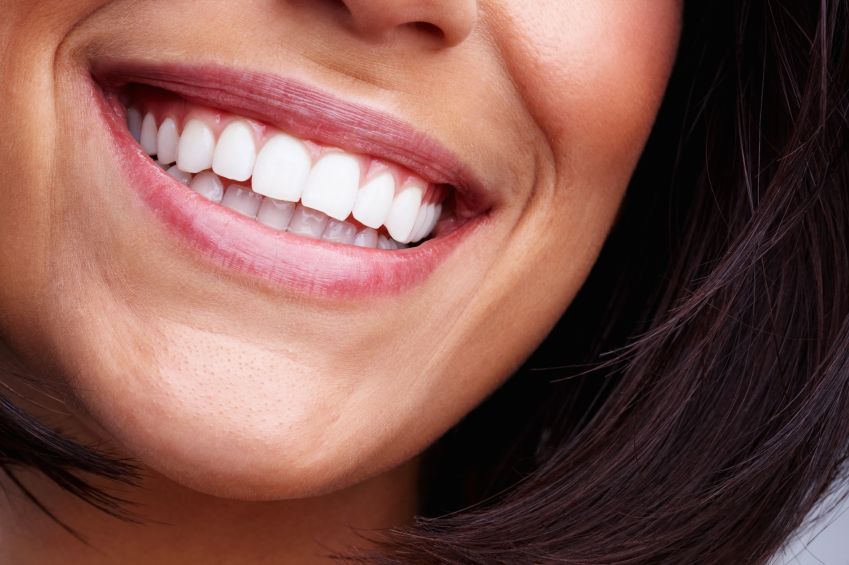Fluoride is a mineral that occurs naturally in soil, water, and a range of foods. It has been demonstrated to be useful in tooth decay prevention and tooth strengthening. The American Dental Association (ADA) has long advocated for the use of fluoride in dental products.
Fluoride is a fluorine chemical ion. It is abundant in soil and rocks, as well as in some natural water sources. Fluoride is also used in professional dental treatments like fluoride varnish and is added to a variety of dental products including toothpaste and mouthwash. Fluoride application is a dental treatment that involves applying a fluoride-containing gel, foam, or varnish to teeth to strengthen and protect them.
How Does Fluoride Work?
Fluoride is important in preventing dental decay because it strengthens tooth enamel, which is the hard, outer coating of the tooth. Bacteria in the mouth produce acid when they feed on sugar and carbs, which can erode tooth enamel and contribute to cavities. Fluoride helps to remineralize weaker enamel and strengthen it against acid attacks. Fluoride can also help to reduce the number of bacteria in the mouth that cause cavities. It can even repair tiny, microscopic areas of damage in tooth enamel, reversing early signs of decay.
Fluoride helps to prevent tooth decay and strengthen teeth in a variety of ways. The three basic mechanisms of fluoride activity are as follows:
- Remineralization: Fluoride aids in the remineralization of tooth enamel, which is the hard outer covering of the tooth. Enamel can become demineralized or weakened when it is exposed to acid from bacteria in the mouth. Fluoride can assist to repair this damage by attracting minerals to the tooth surface, such as calcium and phosphate, and strengthening the enamel.
- Bacterial Growth Inhibition: Fluoride can also limit the growth of germs in the mouth that cause tooth decay. It accomplishes this by interfering with the enzymes required by bacteria to generate acid. Bacteria are less able to destroy tooth enamel and produce decay when there is no acid present.
- Demineralization Interruption: Fluoride can also halt the process of demineralization or the loss of minerals from tooth enamel. It accomplishes this by adhering to the surface of the enamel, making it more resistant to acid assaults. This means that even if bacteria are present in the mouth, fluoride can help to keep them from causing tooth damage.
How is Fluoride Used?
Fluoride can be used in a variety of ways to help prevent teeth from decay. Here are a couple of such examples:
- Toothpaste: The most common way for people to be exposed to fluoride is through toothpaste. Fluoride levels in toothpaste are normally between 1,000 and 1,500 parts per million (ppm).
- Mouthwash: Fluoride mouthwash can also help protect your teeth. Fluoride levels in mouthwash range between 220 and 1,000 ppm.
- Professional Fluoride Treatments: Fluoride varnish, for example, can be applied in a dental clinic. These treatments are usually more concentrated than over-the-counter solutions, and they can contain up to 12,000 ppm of fluoride.
Conclusion –
Fluoride is a safe and efficient technique to strengthen teeth and prevent tooth decay. It functions by remineralizing enamel, limiting bacterial growth, and interfering with demineralization. Fluoride is available in a variety of forms, including toothpaste, mouthwash, and professional treatments. Speak with your dentist if you have any questions regarding fluoride or how it can assist your oral health.
If you are looking for a dental clinic in Pune that offers fluoride treatments and other dental services, Dolphin Dental Clinic is a great option. Their experienced team of dental professionals can provide you with personalized care and help you maintain good oral health. In addition to fluoride treatments, they offer a range of services, including teeth cleaning, fillings, root canals, and more. Contact Dolphin Dental Clinic today to schedule an appointment and take the first step towards a healthier, happier smile.

